
Madeira, officially the Autonomous Region of Madeira, is one of two autonomous regions of Portugal, the other being the Azores. It is an archipelago situated in the North Atlantic Ocean, in a region known as Macaronesia, just under 400 kilometres (250 mi) to the north of the Canary Islands and 520 kilometres (320 mi) west of the Kingdom of Morocco. Madeira is geologically located on the African Tectonic Plate, although it is culturally, politically and ethnically associated with Europe, with its population predominantly descended from original Portuguese settlers. Its population was 251,060 in 2021. The capital of Madeira is Funchal, which is located on the main island's south coast.
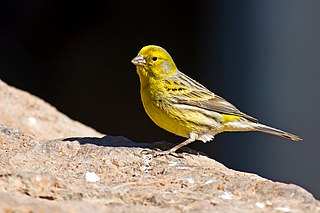
The Atlantic canary, known worldwide simply as the wild canary and also called the island canary, common canary, or canary, is a small passerine bird belonging to the genus Serinus in the true finch family, Fringillidae. It is native to the Canary Islands, the Azores, and Madeira. It has two subspecies: Wild canary or common canary and domestic canary. Wild birds are mostly yellow-green, with brownish streaking on the back. The species is common in captivity and a number of colour varieties have been bred.

The Savage Islands or Selvagens Islands are a small Portuguese archipelago in the North Atlantic Ocean, 280 kilometres (175 mi) south of Madeira, and 165 kilometres (105 mi) north of the Canary Islands. The archipelago includes two major islands, Selvagem Grande and Selvagem Pequena, each surrounded by a cluster of islets and reefs, with the total area of 2.73 km2 (1.05 sq mi). The archipelago is administered as part of the Portuguese municipality of Funchal, belongs to the Madeiran civil parish of Sé, and is the southernmost point of Portugal.

Macaronesia is a collection of four volcanic archipelagos in the North Atlantic, off the coasts of Africa and Europe. Each archipelago is made up of a number of Atlantic oceanic islands, which are formed by seamounts on the ocean floor whose peaks have risen above the ocean's surface.

The trocaz pigeon, Madeira laurel pigeon or long-toed pigeon is a pigeon which is endemic to the island of Madeira, Portugal. It is a mainly grey bird with a pinkish breast; its silvery neck patch and lack of white wing markings distinguish it from its close relative and probable ancestor, the common wood pigeon. Its call is a characteristic six-note cooing, weaker and lower-pitched than that of the wood pigeon. Despite its bulky, long-tailed appearance, this pigeon has a fast, direct flight.
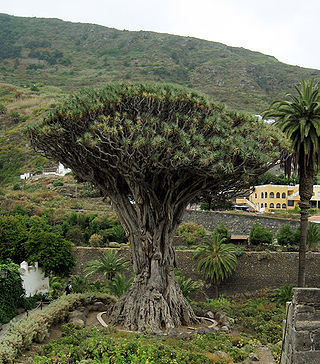
Dracaena draco, the Canary Islands dragon tree or drago, is a subtropical tree in the genus Dracaena, native to the Canary Islands, Cape Verde, Madeira, western Morocco, and possibly introduced into the Azores.

UTC+01:00 is an identifier for a time offset from UTC of +01:00. In ISO 8601, the associated time would be written as 2019-02-07T23:28:34+01:00. This time is used in:
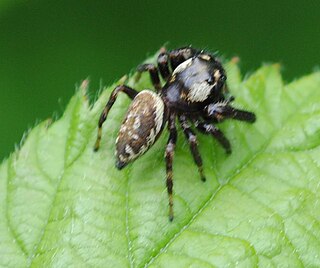
Macaroeris is a spider genus of the jumping spider family, Salticidae.

The Madeira pipistrelle is a species of vesper bat. It is endemic to Azores, Madeira and the Canary Islands.

Portugal has the 5th largest exclusive economic zone (EEZ) within Europe, 3rd largest of the EU and the 20th largest EEZ in the world, at 1,727,408 km2.
Phyllonorycter myricae is a moth of the family Gracillariidae. It is native to Madeira and the Canary Islands. In 2000, it was studied in Hawaii as a potential biological control agent for Myrica faya.
Phyllonorycter bartolomella is a moth of the family Gracillariidae. It is endemic to the Canary Islands and is known from Gran Canaria and Tenerife.
Phyllonorycter cytisifoliae is a moth of the family Gracillariidae. It is endemic to the Canary Islands and is known from Gran Canaria, La Palma, and Tenerife.
Phyllonorycter helianthemella is a moth of the family Gracillariidae. It is found from Germany to the Iberian Peninsula, Italy and Greece and also on the Canary Islands.
Phyllonorycter tangerensis is a moth of the family Gracillariidae. It is known from Morocco.
Phyllonorycter linifoliella is a moth of the family Gracillariidae. It is known from Morocco.
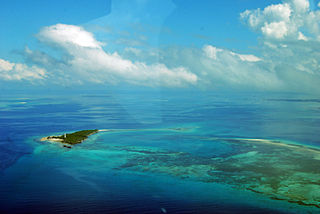
African coral reefs are the coral reefs which are present in Africa. Most are found along the eastern and southern coasts of Africa. The east coast corals extend from the Red Sea to Madagascar in the south, and are an important resource for the fishersmen of Kenya, Tanzania, Mozambique and Madagascar. Some cold-water reefs are also found along the northwestern part of Africa, i.e. near the Azores, Madeira, Canary islands and Cape Verde
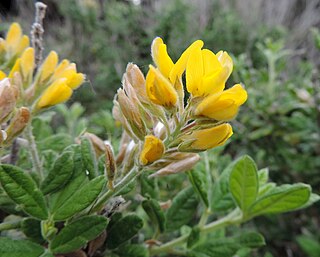
Rivasgodaya is a monotypic genus of flowering plants belonging to the legume family, Fabaceae. It just contains one species, Rivasgodaya nervosa.
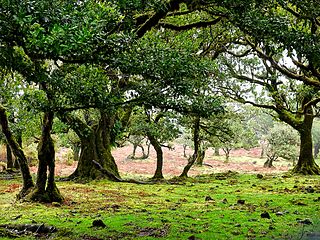
The Madeira evergreen forests is a laurissilva ecoregion of southwestern Europe. It covers the archipelago of Madeira and some nearby islands in the Atlantic Ocean. Laurel forest, known as Laurisilva of Madeira, once covered the islands. Over centuries the laurel forests were mostly cleared. Madeira's remaining forests are now protected.












